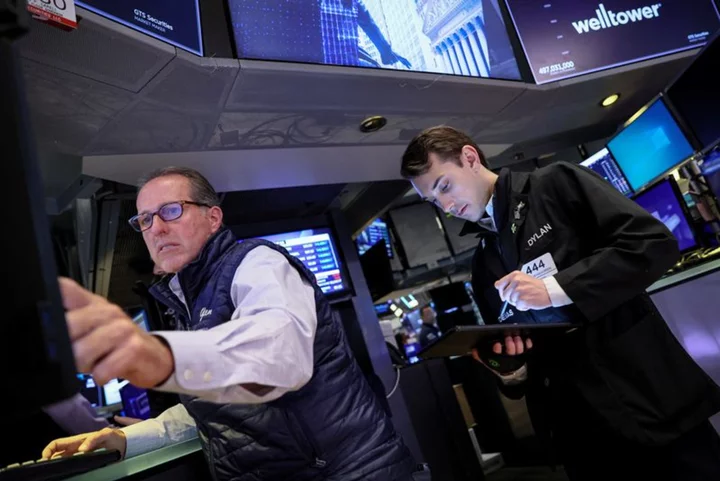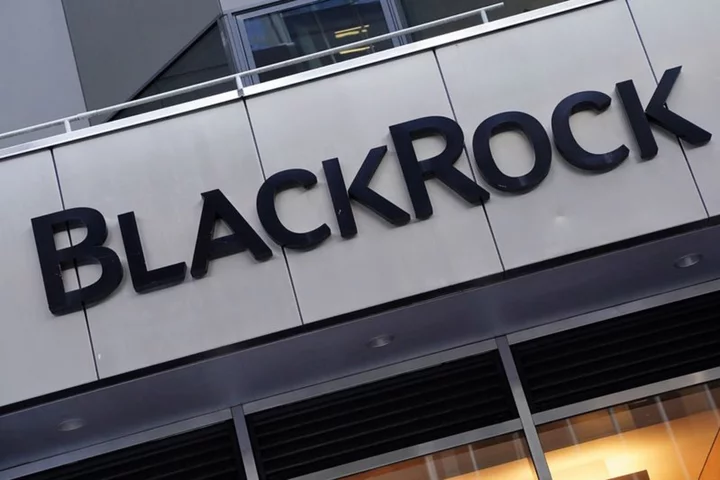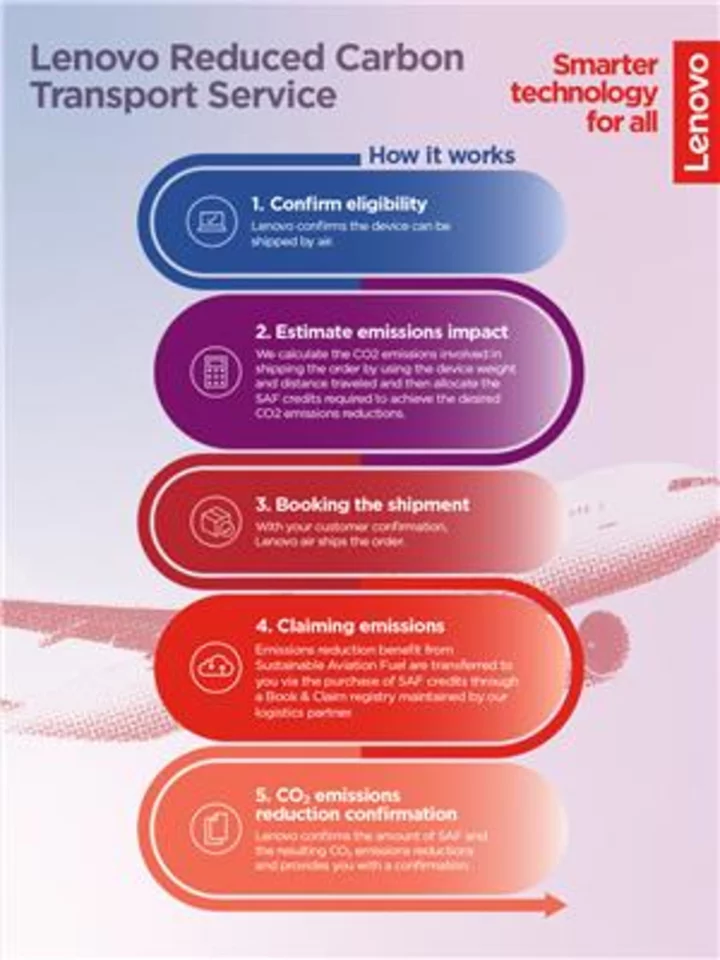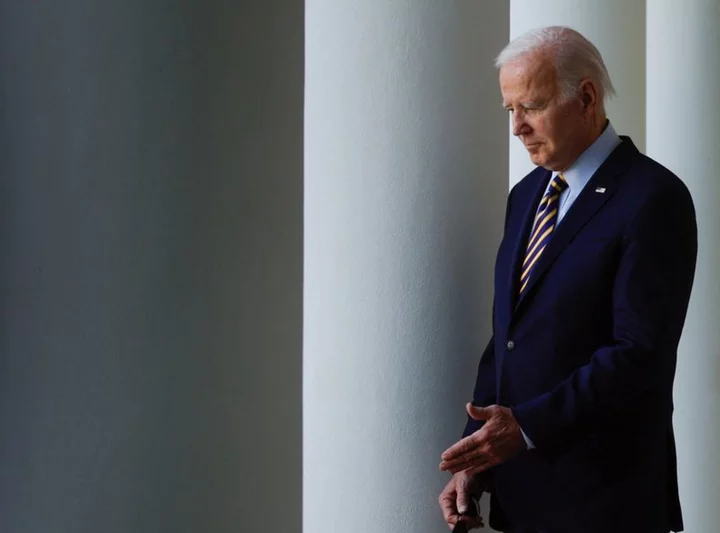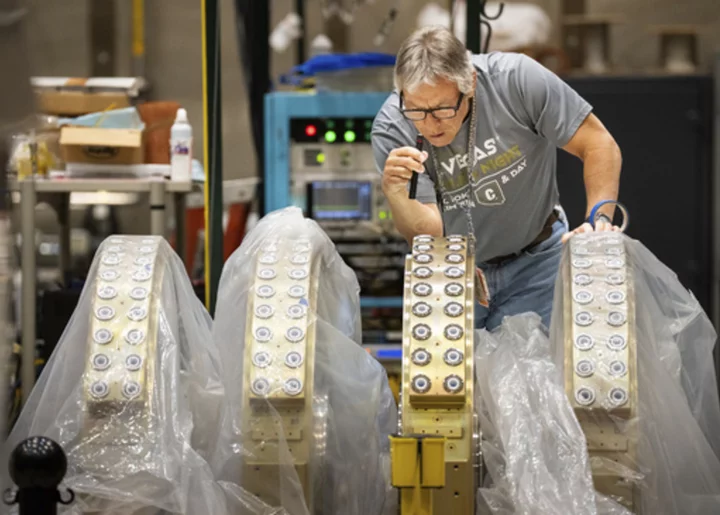By Noel Randewich and Sruthi Shankar
U.S. stocks ended mixed on Wednesday after the Federal Reserve kept U.S. interest rates unchanged but signaled in new economic projections that borrowing costs will likely rise by another half of a percentage point by the end of this year.
Trading was choppy after the rate-setting Federal Open Market Committee (FOMC) reacted to a stronger-than-expected economy and a slower decline in inflation.
The new projections added a hawkish tilt to the Fed's interest rate decision, showing policymakers at the median see the benchmark overnight interest rate rising from the current 5.00%-5.25% range to a 5.50%-5.75% range by the end of the year.
"Some people were expecting that the Fed would actually pause this month, but also not raise rates anymore," said Sam Stovall, Chief Investment Strategist at CFRA Research. "However, it does seem as if the FOMC members have become even more hawkish since the last meeting, and I think that has taken investors by surprise."
Earlier on Wednesday, a bigger-than-expected drop in U.S. producer prices in May due to a decline in the costs of energy goods and food signaled that inflation was cooling. Data a day earlier showed consumer prices moderated last month.
Traders now see a 63% chance the central bank will raise interest rates in July, up from 60% earlier on Wednesday, according to the CME Fedwatch tool.
Heavyweight chipmakers Nvidia and Broadcom both rallied.
According to preliminary data, the S&P 500 gained 3.83 points, or 0.09%, to end at 4,372.84 points, while the Nasdaq Composite gained 53.16 points, or 0.39%, to 13,626.48. The Dow Jones Industrial Average fell 226.72 points, or 0.66%, to 33,985.40.
Weighing on the Dow, UnitedHealth Group tumbled after the health insurer warned of a spike in medical costs in the second quarter as more older adults undergo non-urgent procedures they had delayed during the pandemic.
The S&P 500 health sector index and the S&P 500 managed healthcare index both fell.
However, shares of hospital operators Universal Health Services
U.S. stocks have rallied in recent weeks, lifting the benchmark S&P 500 and Nasdaq to 14-month highs following signs of economic resilience, a better-than-expected earnings season and bets that interest rates are near their peak.
The S&P 500 is up about 14% so far in 2023, while the Nasdaq has climbed about 30%.
While megacap technology stocks have driven much of the gains this year, economically sensitive small-cap shares as well as material and banking sectors have joined the rally recently.
(Reporting by Shristi Achar A and Sruthi Shankar in Bengaluru, and by Noel Randewich in Oakland, Calif.; Editing by Vinay Dwivedi and David Gregorio)

